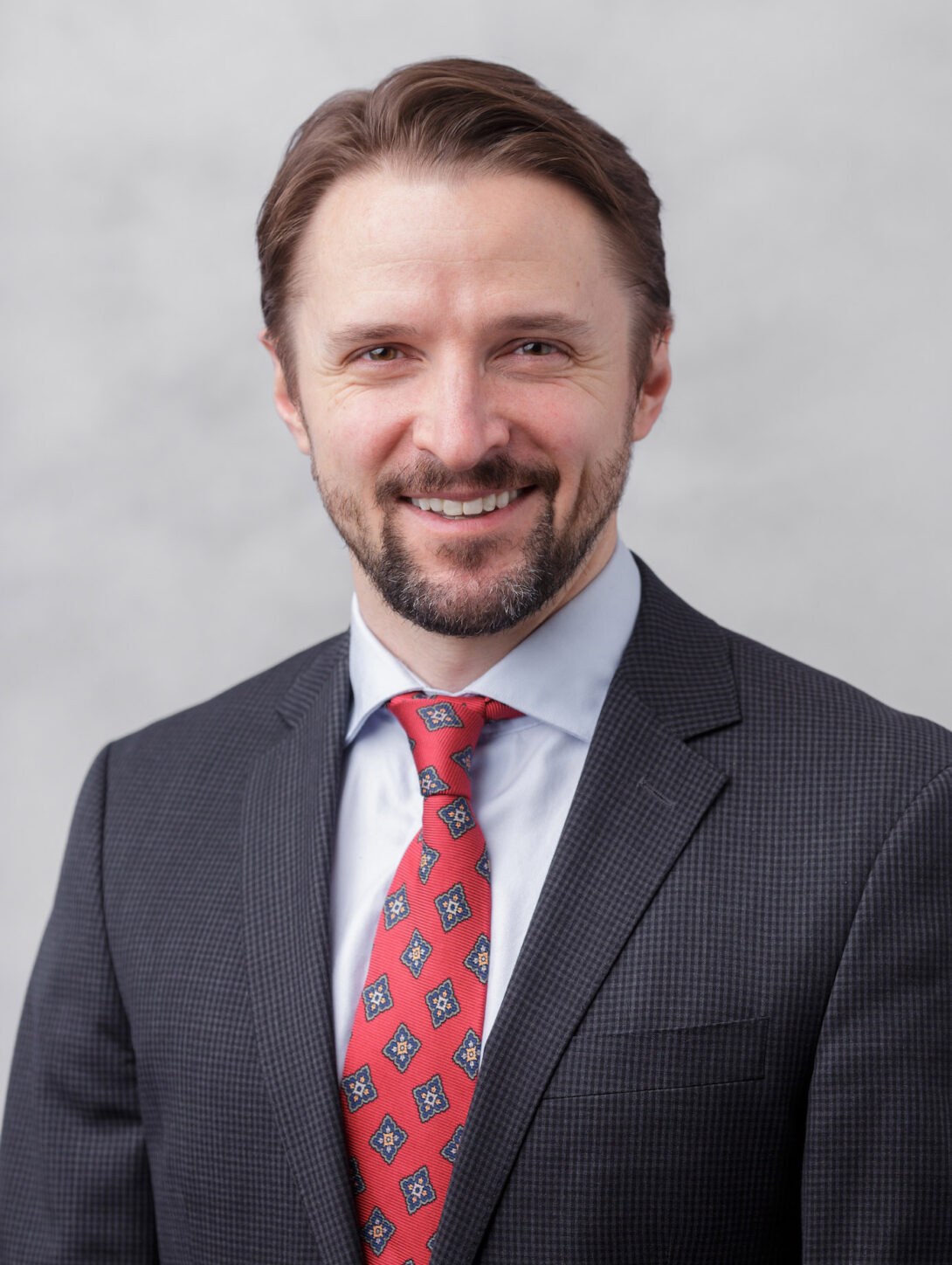Ophthalmology Spotlight: Dr. Robert Hyde & Inherited Retinal Disease
The Illinois Eye and Ear Infirmary has a new service specifically designed for evaluation and consultation of patients with inherited retinal diseases (IRDs). These include diseases such as retinitis pigmentosa, Stargardt disease, and cone-rod dystrophy, among others. Dr. Robert Hyde, MD, PhD, UIC’s newest retina specialist and clinician-scientist, is the director for this service.
Dr. Robert Hyde Heading link

Inherited retinal diseases are rare genetic eye conditions, affecting 1 out of 3,000 people. Although the presentation of disease varies between patients, the onset of visual impairment often is at an early age – Dr. Hyde has patients as young as just 2 years old. If undetected or poorly managed, these rare genetic disorders can progress to severe vision degeneration or even blindness.
Many patients suffering from IRDs have the shared experience of their ophthalmologists not knowing how to manage or treat their condition. The goal of UIC’s subspecialty clinic, Hyde says, is to connect patients with trained staff who can give them better insight about their diagnosis and provide continuity of care.
“We have the variety of visual tests and imaging that are needed to make the diagnosis of an IRD,” Hyde says, “as well as the expertise to interpret them, so that we can really advise our patients on how they are progressing and how they may be able to be treated – if not now, then in the future.”
Evaluation of patients with IRDs requires a detailed complete patient history, examination, and possible genetic testing. On IRD service, patients can expect Dr. Hyde and his technician, Nicole Sabbia, will spend more time performing vision tests and consulting for individualized management options than general ophthalmologists. UIC’s clinical care teams also include genetic counselors and social workers, in addition to ophthalmologists, to interpret test results and connect patients with low vision resources. All of these services are offered to patients during the same appointment, increasing accessibility and allowing for more comprehensive care.
What makes his work unique, Hyde says, is that each patient he sees in the clinic gives him insight that can further his lab research. Recent trends have suggested a shift in the paradigm of IRDs from a purely diagnostic field to one with possible interventions for genetic therapy. For Hyde, conducting a detailed diagnostic test in the clinic is equally as important as experimenting in his lab to develop new therapies.
“Every patient has given me data – the results of their vision function tests, imaging, genotype – and that is really valuable in a research setting,” Hyde says. As a physician and researcher, diagnosing and consulting with patients directly feeds into his scientific interests to lead to new treatments. Each patient gives him another piece to add to his puzzle of how specific IRDs manifest, with the end goal to be able to develop a treatment for them.
Hyde’s current research involves using electrophysiology to better understand functional deficits of inherited retinal disease. Innovation, he says, is a major motivator for him to be at a large academic medical center like UIC.
Beyond the science, however, UIC is a familiar place for Hyde, who completed his ophthalmology residency training here. He appreciates the collaborative environment built at UIC, where there is so much camaraderie, shared expertise, and willingness to work together, he says.
“Coming back to UIC felt like coming home,” he says. “Everyone I work with are my mentors and teachers and I’m still learning from them today.”
Credentails Heading link
Written by Shivani Majmudar.
References:
- https://retinatoday.com/articles/2019-july-aug/inherited-retinal-diseases-for-the-retina-specialist-where-to-start
- https://preventblindness.org/inherited-retinal-diseases/#1587478551732-503d55f7-438a
- https://chicago.medicine.uic.edu/ophthalmology-visual-sciences/profiles/hyde-robert/
- https://today.uic.edu/specialty-services-offered-for-those-with-inherited-retinal-diseases